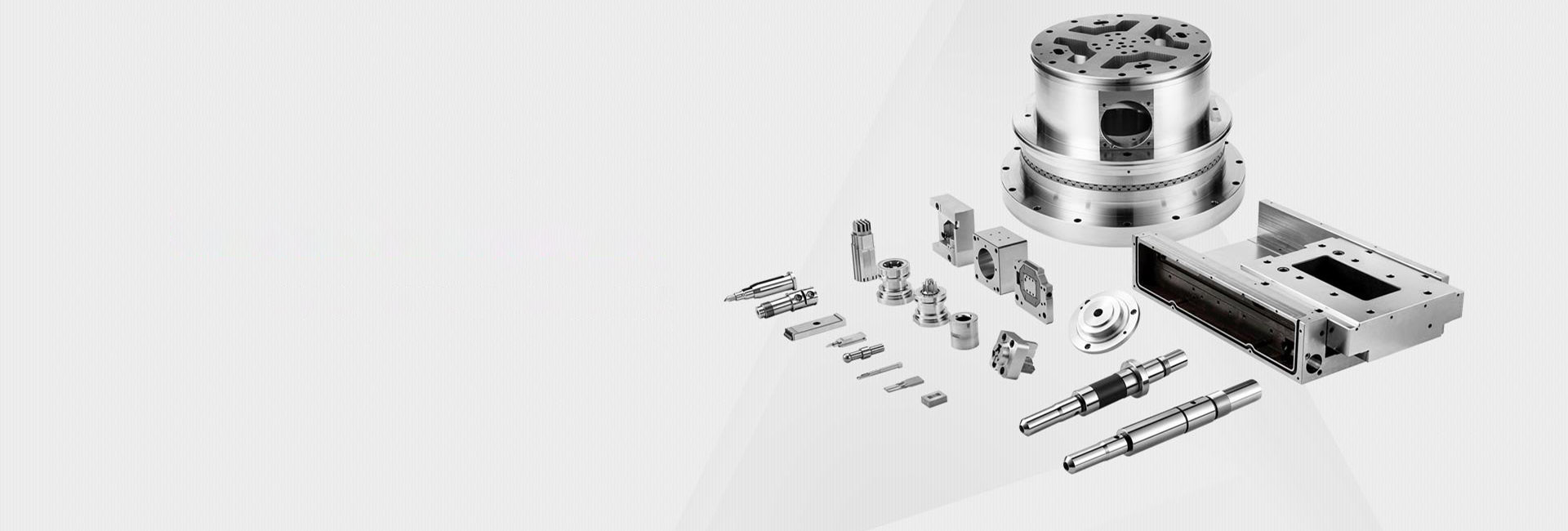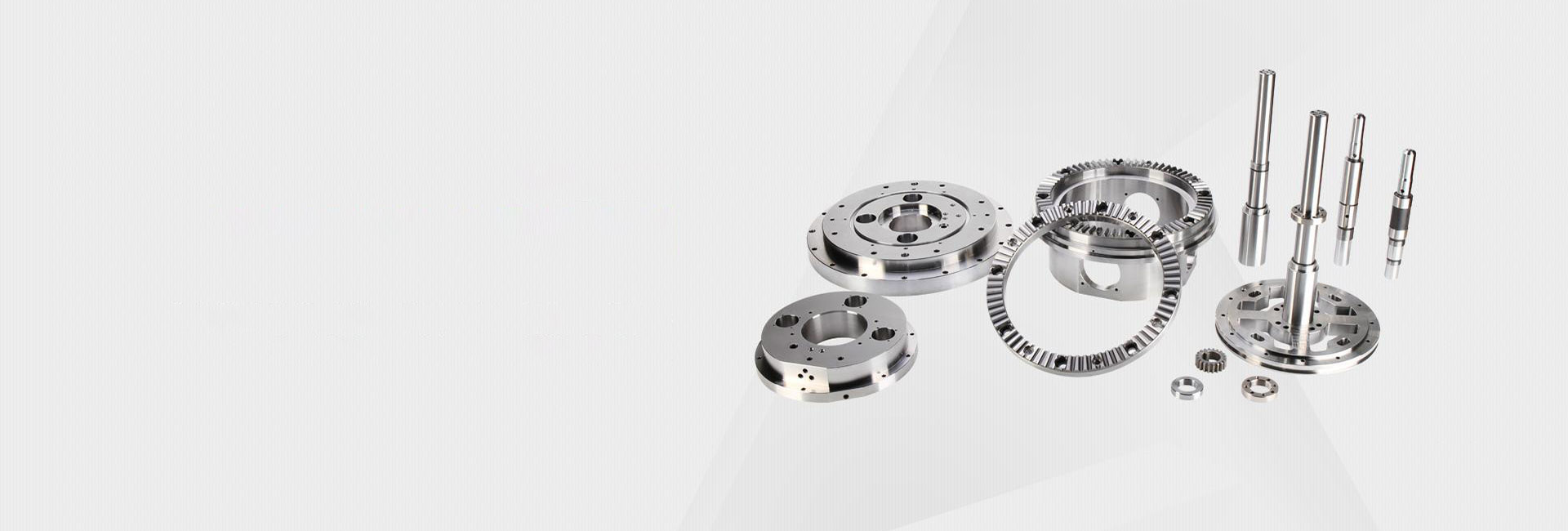CNC Side Machining Positioning: 5 Key Tips to Solve Precision Problems
Fellow CNC machining practitioners, have you ever run into issues with side machining positioning? 😅 For example, unstable clamping, precision deviations, or inconsistent dimensions in batch parts? Actually, side machining has higher requirements for positioning, but mastering a few key methods can make it a breeze! Today, I’ll talk about this topic with everyone, hoping to help you out~
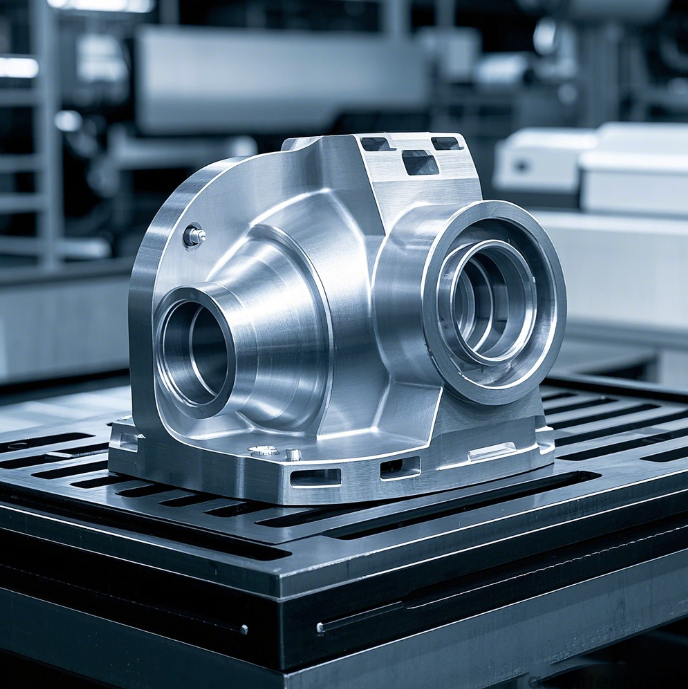
🔧 1. CNC Side Positioning Techniques
To ensure stability in side machining, the first step is to choose the right positioning method! Common methods include reference positioning (leaning the workpiece against the vice’s reference surface), jacking positioning (securing against a fixed rod or surface), and fixed positioning (relying on a pre-established datum)—all of which are widely used.
However, in my experience, fixed positioning is really time-saving for batch machining: after aligning the first workpiece, you just need to lean subsequent ones against the positioning block directly, no need for repeated alignment. But be careful! If the positioning block shifts slightly, it’s hard to detect, so regular inspections are a must—otherwise, you’ll run into big trouble with batch parts!
🛠️ 2. Fixed Positioning Setup for Side Machining
For fixed positioning to work well, fixture design is crucial! For instance, you can machine threaded holes on the side of the vice for positioning, or use shouldered locating pins (which can bear greater loads and prevent overinsertion).
Here’s a practical tip: if you’re using fixed positioning, it’s best to add an auxiliary support to the fixture—it doesn’t restrict degrees of freedom but enhances workpiece rigidity. This is especially useful for workpieces with large side overhangs, as it avoids machining vibrations.
⚙️ 3. Application of Hydraulic Fixtures in Side Machining
For high-precision requirements or complex workpieces, hydraulic fixtures are a game-changer! 💡 They apply even clamping force via hydraulic pressure, allow adjustable clamping force, and support multi-point positioning.
In CNC machining of phone cases, for example, the combination of “bottom vacuum suction + side clamp pressing” is often used—X and Y directions are positioned via locating holes, and Z direction is clamped. This keeps the workpiece rock-solid during side machining! In my opinion, although hydraulic or pneumatic fixtures have higher costs, they significantly improve repeatability and efficiency, making them worthwhile investments for batch work.
📐 4. Selection of Specialized Fixtures for Side Positioning
Specialized fixtures aren’t a one-size-fits-all solution, but they’re incredibly effective for workpieces with special shapes or high-precision demands. For example, three-jaw chucks are used for cylindrical workpieces, and custom fixtures with locating pins are made for irregularly shaped parts.
When choosing a specialized fixture, I recommend paying attention to these points:
- Matching degree of positioning components: Diamond pins and taper pins each have their applicable scenarios; diamond pins excel at controlling directionality.
- Tool interference: Side machining is prone to tool collisions, so ensure the fixture doesn’t block the tool path.
- Heat dissipation and deformation: Prevent thermal deformation from shifting the positioning during long-term machining.
📊 5. Control of Positioning Errors in Side Machining
Excessive positioning errors can be disastrous! Errors mainly come from two sources: datum displacement error (manufacturing errors in positioning components themselves) and datum misalignment error (misalignment between the process datum and positioning datum).
Practical methods to reduce errors:
- Prioritize datum alignment: Avoid repeated datum conversions.
- Choose high-precision positioning components: For example, quenched steel solid square rails, which are wear-resistant and maintain precision over time.
- Calibrate fixtures regularly: Don’t wait until batch parts are scrapped to regret it.
When using multi-axis CNC machines for side machining, you can also use the Tool Center Point (TCP) following function (RTCP), which adjusts the tool axis direction in real time to reduce geometric errors during side milling—this has become a standard feature for machining complex aerospace parts.
In short, to master side machining positioning, the key lies in choosing the right method, matching suitable fixtures, and controlling errors! I believe that by accumulating more experience and paying attention to fixture innovations, your CNC skills will improve by leaps and bounds~ 🚀 Feel free to share your insights with everyone!
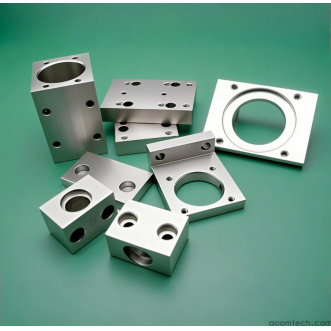 How is the price calculated fo
How is the price calculated fo
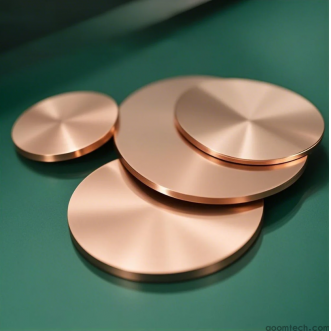 How Does a High-Precision CNC
How Does a High-Precision CNC
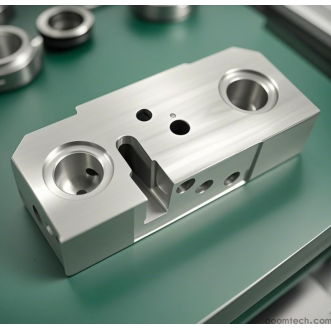 What Factors Affect CNC Machin
What Factors Affect CNC Machin
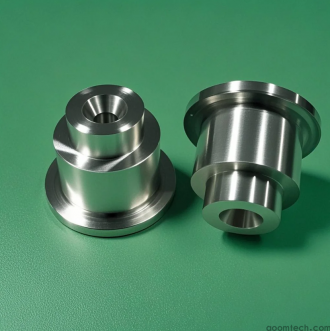 How to Choose a Supplier for C
How to Choose a Supplier for C

